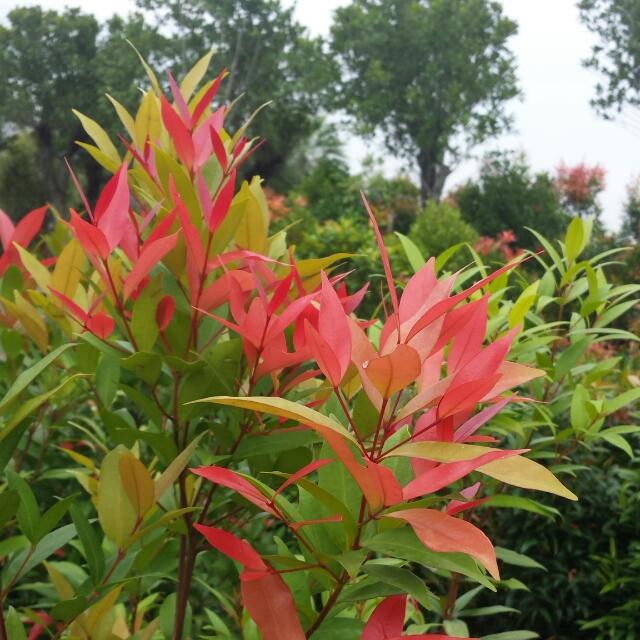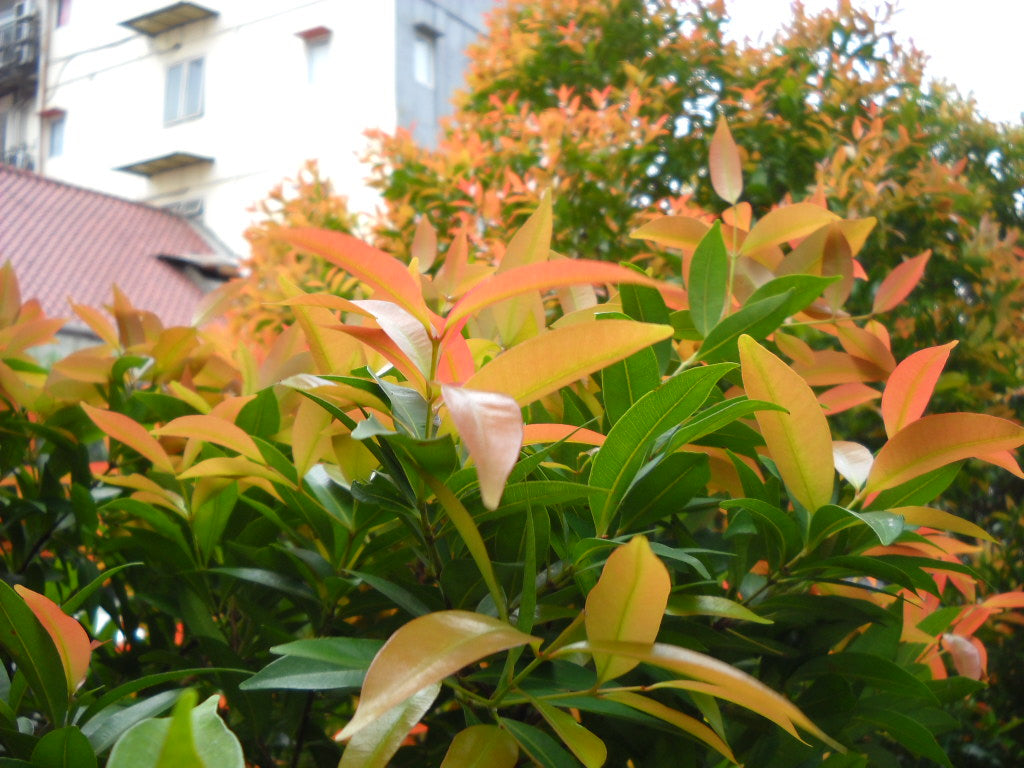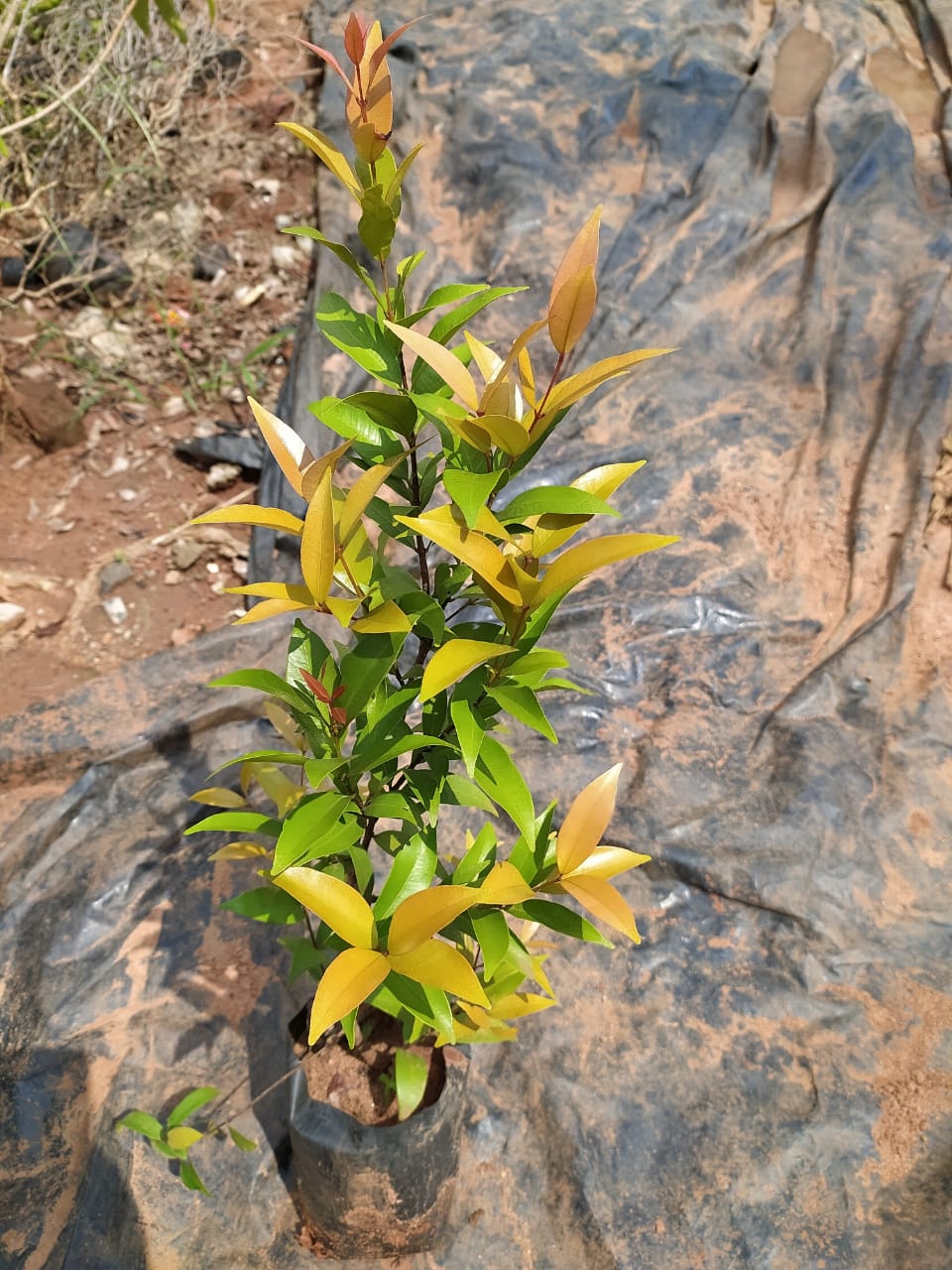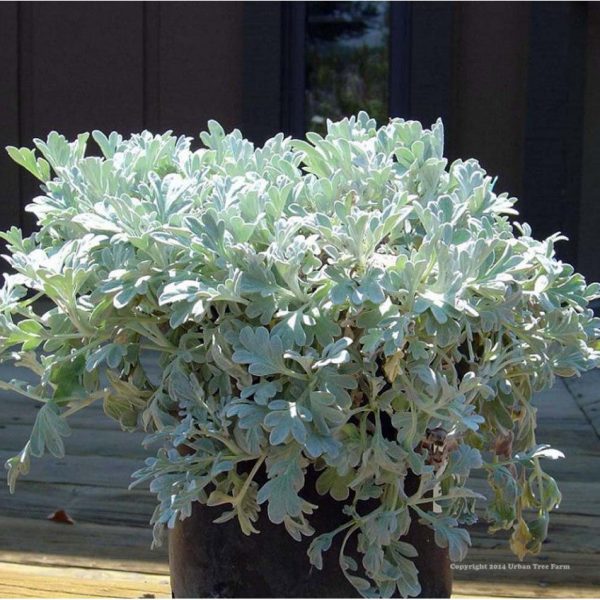Ficus platyphylla Delile (family-Moracea) commonly called gutta percha tree is a deciduous plant found in savannah areas. It grows widely in the Northern part of Nigeria, up to 60 ft. high and is known as 'gamji' by the Hausas. The seeds, bark and leaves have been used traditionally in combination to promote fertility. Scientifically, the plant has been shown to have analgesic, anti-inflammatory and CNS effects. The present study was to validate the use of this plant to promote fertility in female Rattus norvegicus Wistar strain using various fertility parameters.
Note - Plant comes either with a nursery pot or bag . Actual Plant May Vary From The Image Shown As It Is A Natural Plant And Will Vary Piece To Piece. Pot Color May Vary From Image Shown Due To Photographic Effects. Plants And Pots Do Not Come With Any Warranty. These Are Natural Plants And Require To Be Handled With Love And Care.
Terms and Conditions: The plant is being provided to you at the farmer's wholesale price. The delivery charge will depend on the weight of the product and the distance of transport and will be charged extra as applicable .








Reviews
There are no reviews yet.